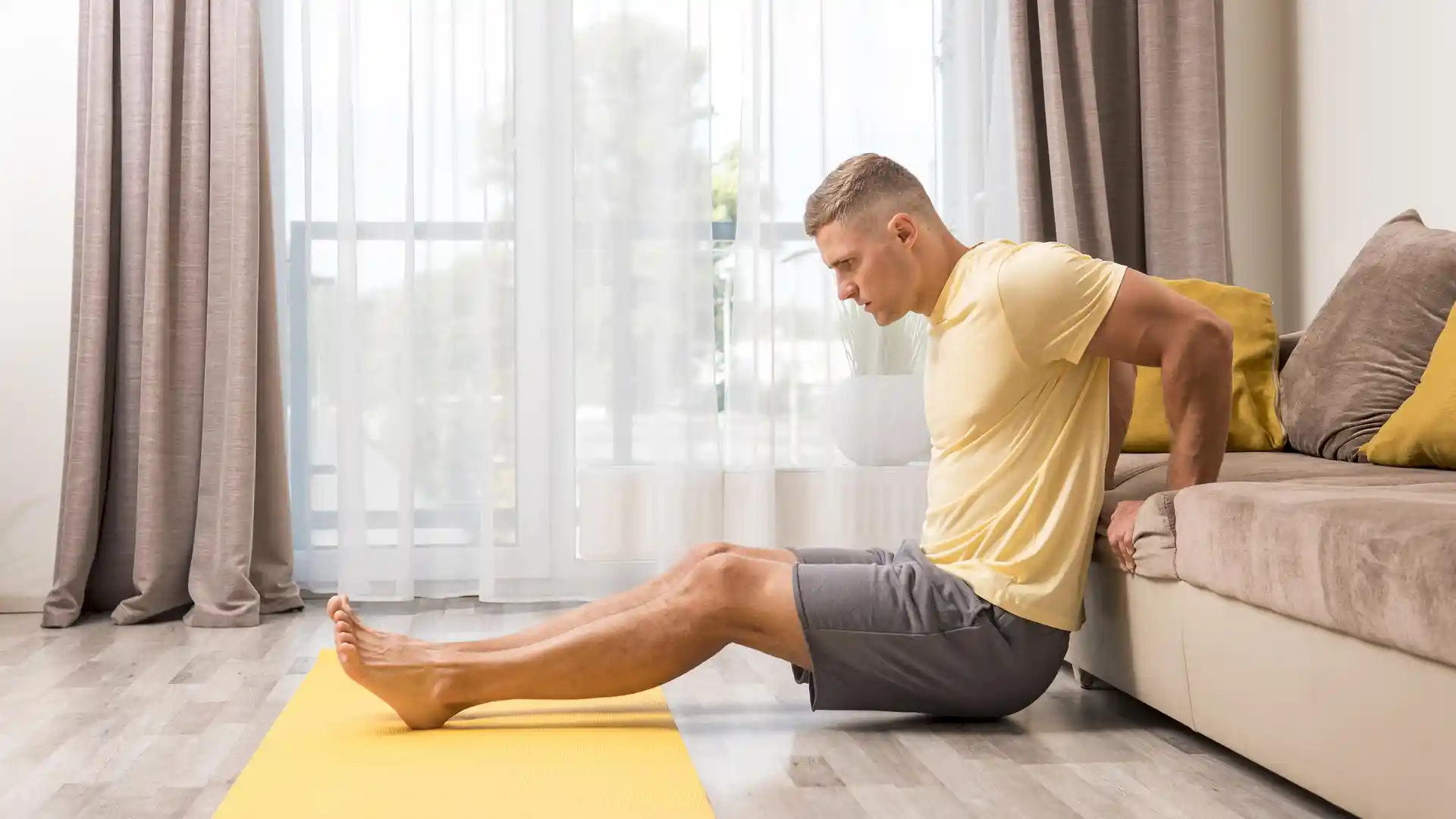Know Why Smart Shoulder Exercises Always Include Chest and Core Work

Why Shoulder Exercises Matter in Your Everyday Life
We all carry weight in different ways. Heavy grocery bags. A child on your hip. Lifting that overhead box in the office storeroom. Or just sitting slouched at a desk for too many hours. Our shoulders do more than we give them credit for until they start to ache, tighten, or lose their strength.
In today’s lifestyle, where movement is either too much or too little, maintaining shoulder health is no longer optional. It’s essential. With the right shoulder exercises, not only can you prevent pain and injuries, but you can also boost posture, improve upper body strength, and feel more confident in your daily movements.
At Kent Healthcare, our therapists understand the demands of modern life. Whether you’re a working parent, athlete, or someone simply looking to move better, our team is here to guide you with targeted shoulder exercises, chest exercises, and even supportive routines like pelvic tilt exercises to balance your entire body. And yes, we’ll talk about how the pelvic binder plays a subtle but significant role too.
Reason 1: Shoulder Mobility Fuels Upper Body Function
Your shoulders are among the most mobile joints in the body. But with that flexibility comes vulnerability. Whether you’re reaching for something on a shelf, typing at a desk, or exercising at the gym, your shoulders are engaged. Without adequate strength and range of motion, simple tasks become painful or restricted. That’s where shoulder exercises come in. They build resilience, reduce stiffness, and protect against overuse injuries.
Reason 2: Good Posture Begins at the Shoulder
Rounded shoulders from long screen time? A slouched upper back from poor desk ergonomics? These postural misalignments often start in the shoulders and cascade downward. By regularly performing shoulder exercises, you activate postural muscles that stabilize your spine and rib cage. When combined with chest exercises and pelvic tilt exercises, you can realign your posture and reduce strain from head to toe.
The Connection Between Shoulder and Chest Exercises
Top 5 Shoulder Exercises Recommended by Kent Physiotherapists
- Shoulder Rolls
Sit or stand upright. Gently roll your shoulders forward 10 times, then backward 10 times. This improves mobility and blood flow. - Wall Angels
Stand against a wall with arms bent at 90 degrees. Slowly move arms up and down, maintaining contact with the wall. Great for posture and alignment. - Pendulum Swings
Lean slightly forward and let one arm dangle. Swing it in small circles. Switch arms. Helps release shoulder tension. - Resistance Band Pull-Aparts
Hold a resistance band at shoulder height. Pull arms apart slowly, squeezing shoulder blades together. Excellent for scapular strength. - Towel Stretch
Hold a towel behind your back with both hands and gently pull with one hand to stretch the opposite shoulder.
Top 5 Chest Exercises That Complement Shoulder Strength
- Wall Push-Ups
Stand arm’s length from a wall. Do a push-up against the wall. Great for beginners. - Chest Squeeze with Ball
Hold a soft ball between palms at chest level and press. Activates pectoral muscles gently. - Resistance Band Chest Press
Use a band secured behind you. Push arms forward to simulate a bench press. Builds controlled strength. - Inclined Chest Stretch
Place your hands on a wall at shoulder height, step forward, and stretch your chest. - Seated Arm Circles
While seated, extend arms sideways and make small circles. Encourages chest and shoulder coordination.
Understanding the Role of Pelvic Tilt Exercises
- Posterior Pelvic Tilt
Lie on your back, knees bent. Gently tilt your pelvis toward your belly button and hold for a few seconds. - Bridges
From the same position, lift your hips off the floor into a bridge. Enhances glute and core strength. - Seated Pelvic Tilts
While seated, gently rock your pelvis forward and backward. Improves spinal awareness. - Pelvic Tilts with Breathing
Integrate slow breathing while tilting. Helps activate deep core muscles. - Wall-Assisted Pelvic Tilts
Stand against a wall and practice pelvic tilts with support. Enhances form.
When to Use a Pelvic Binder
Kent’s Holistic Services for Shoulder and Core Recovery
- One-on-one physiotherapy sessions
- Customized routines of shoulder exercises, chest exercises, and pelvic tilt exercises
- Postural and ergonomic assessments
- Supportive devices such as a pelvic binder if needed
- Education and home care guidance for long-term success
Why Movement Is Medicine
Start Your Movement Journey with Kent Healthcare
Book an appointment
Booking an appointment with our team of professionals is just a few taps away. Book now!


